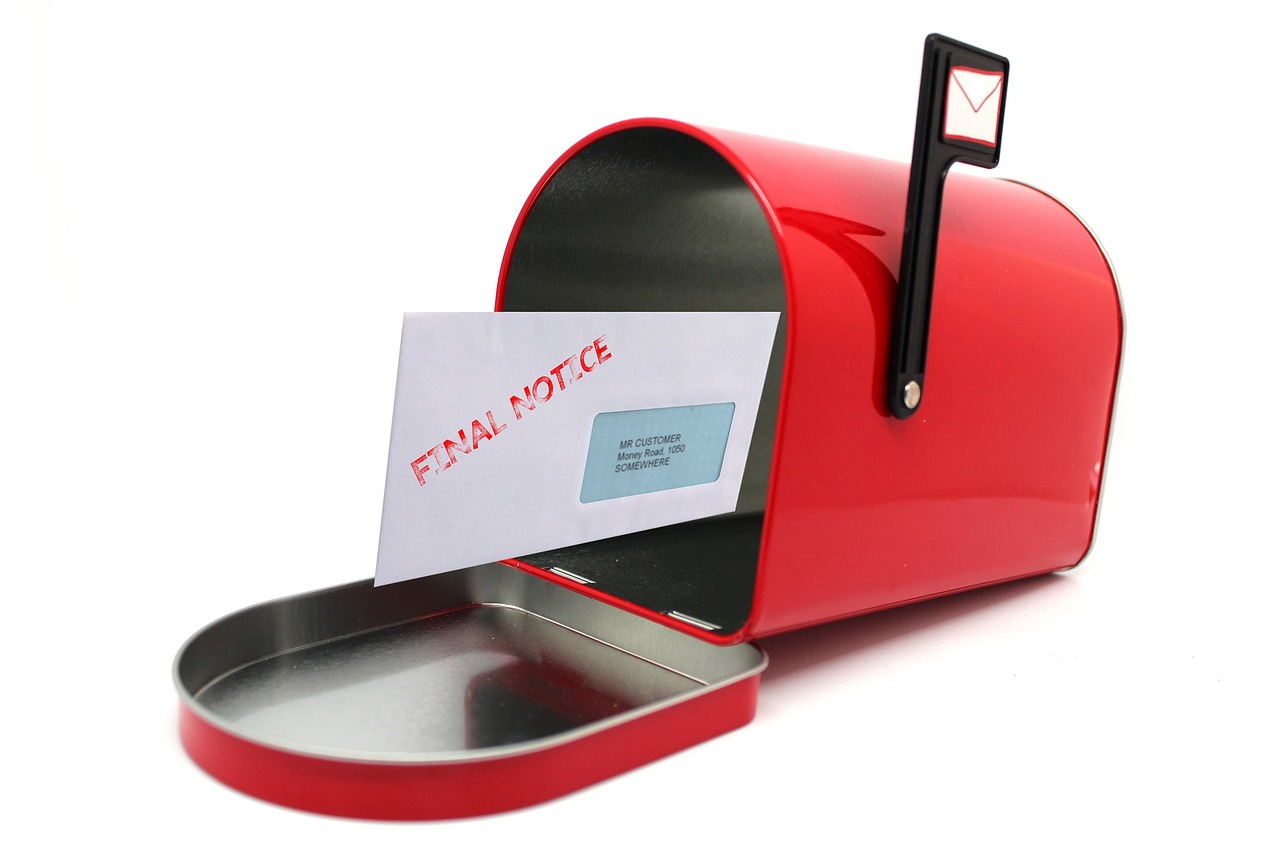4 steps to evict a tenant in Malaysia
Share story

The tenant have two options: pay the rent or vacate before the eviction notice’s date.
What can you do (or not do) if your tenant violates the leasing agreement?
Sometimes a renter will default on rent or overstay after the rental agreement has been terminated. Before evicting a tenant, you could try negotiating and discussing solutions that work for both parties. If it fails, the next step is to take legal action.
In Malaysia, there are four procedures to evicting an overdue tenant.
1. Review the tenancy agreement
A tenancy agreement is essential in taking legal action against tenants who fail to fulfill their responsibilities as tenants. The more specific a tenancy agreement is, the more it protects the rights of both parties.
Disputes frequently occur when issues are not addressed in the leasing agreement. Before signing and stamping the agreement, either party may consult with their respective lawyers to review it.
2. Issue an eviction notice in writing
An eviction or termination notice is usually required under the tenancy agreement to notify the tenant of any breach of the tenancy agreement committed, the landlord’s termination of the tenancy agreement, and the time when the tenant is required to return possession of the rental property.
Even though such a notice is not required under the tenancy agreement, it should be issued to protect the landlord in the event the tenant files a court action.
3. Recover damages via civil action
A landlord can only seek for damages in a civil action, and a writ of possession can only be issued after a civil action has been filed and a court order or judgment has been obtained.
A writ of possession requests that the court evict the tenant from your property. Once the court grants this writ, the court bailiff has the authority to enter the property and seize it for you.

An eviction notice can be posted in the mail or posted to your apartment door.
4. Recover overdue rent via distress action / Writ of Distress
Alternatively, the landlord may petition to the court for the issuing of a warrant of distress to recover late rent by seizing and selling the tenant’s goods to recover the outstanding rental. It could take three to six months to obtain a distress order.
A Writ of Distress under the Distress Act 1950 has a restricted scope because it only permits the landlord to recover up to 12 months of arrears of rent.
This would exclude claims for possession of the rental property whilst the tenant is still in occupation, outstanding water and electricity bills, maintenance charges or rectification costs.
A separate civil action would have to be taken for these other claims.
Can a tenant sue a landlord in return?
Here are the circumstances where a tenant can sue a landlord instead.
- If the landlord violates the terms of the lease, the tenant may sue the landlord to compel the landlord to comply with the terms of the lease or to recover any costs, expenses, or damages incurred.
For example, if the landlord refuses to make certain repairs to the rental property, such as repairing a leaky roof.
- If the landlord unlawfully terminates the tenancy agreement, the tenant may sue the landlord to recover any deposits paid as well as any damages resulting from the unlawful termination of the tenancy agreement, such as renovation costs or damages for disruption of occupation or business conducted on the rental property.
- If the landlord uses threats or self-help measures to force the tenant to leave the premises, the tenant may apply to the court to seek an injunction to prevent the landlord from doing so, as well as compensation for any damages resulting from the landlord’s unlawful interference, such as damages suffered or loss of belongings.



